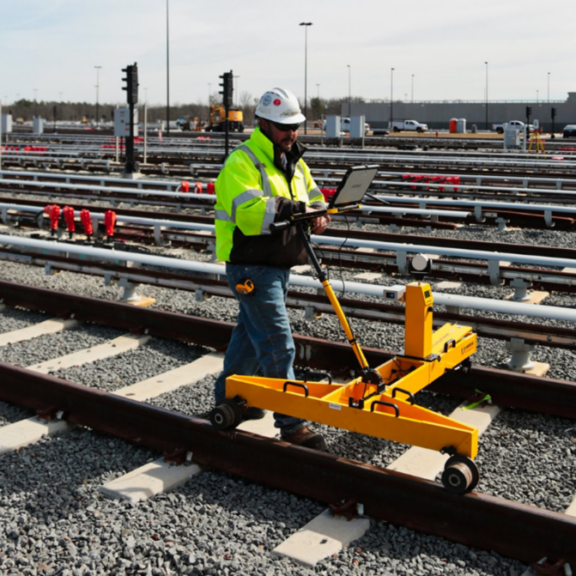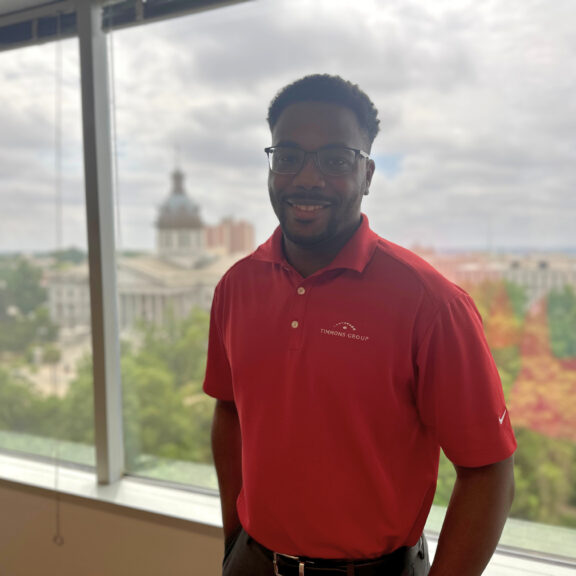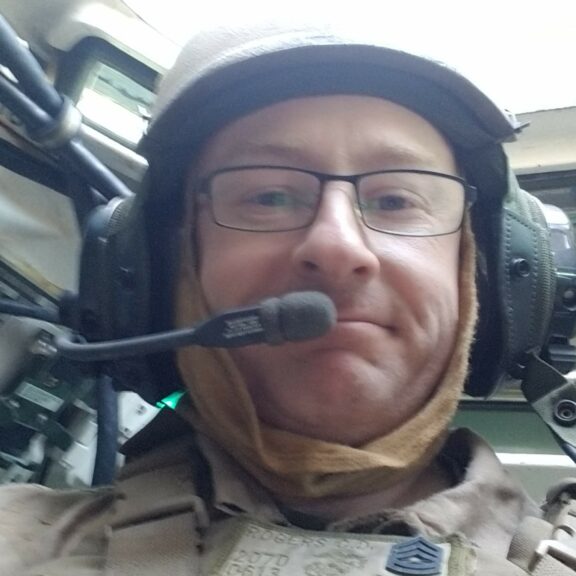Have you ever driven through a parking lot during a downpour and noticed that the water seems to move perfectly in the direction of a storm drain? Or approached a stoplight just in time for it to change to green? What about how you can be stuck in traffic on a bridge with dozens of other cars without the weight being too much to bear? As fate would have it, those experiences don’t occur by happenstance. They were designed that way.
Actually, just about everything we encounter on a daily trip to work or the grocery store has been touched by infrastructure engineers. Whether it’s the water we drink or the roads we drive, infrastructure unites us all in ways that many of us don’t really understand sometimes. Timmons Group’s infrastructure engineering services are designed to improve the public’s everyday life, and a job well done is often characterized by a thoughtful solution that many of our neighbors didn’t know they needed.
To celebrate the necessity of these amazing feats and the engineers responsible for their design, I sat down with our own Infrastructure Division leader to better understand Timmons Group’s vision for the practice and how we align our services with the public’s every day needs.
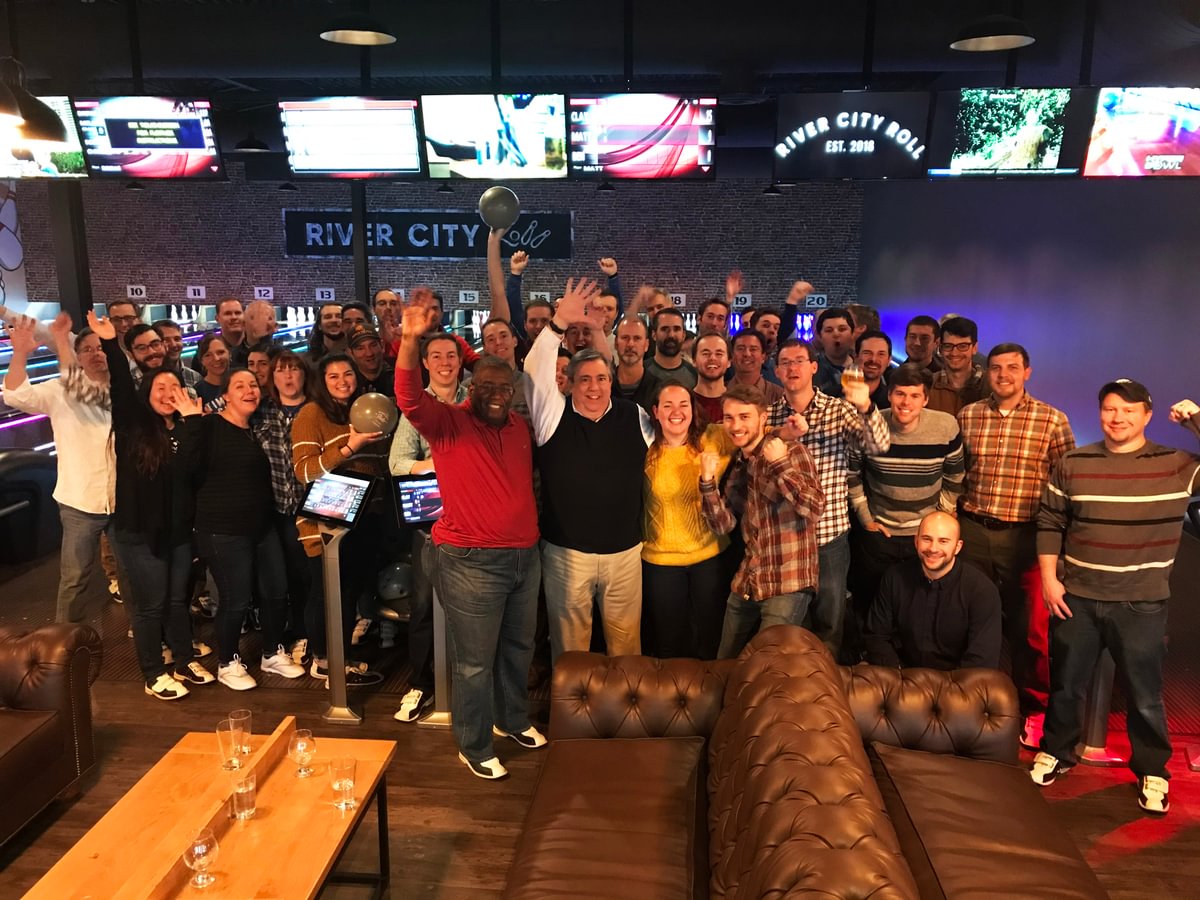
Timmons Group’s Infrastructure Division includes engineers, planners, designers, and technicians who help deliver quality and sustainable solutions for the public. We provide infrastructure planning, engineering, and permitting services for a variety of clients, including state and local governments, industry partners, and developers seeking to create and sustain vibrant, healthy communities.
Heading up these services is our own Paul Trapp, a transportation engineer by trade who excitedly stepped into the role of division manager in 2003. Paul’s background includes roadway design, corridor studies, and traffic impact analyses as well as construction contract management, public engagement, and stakeholder coordination.
He graduated from Rensselaer Polytechnic University with a bachelor’s in civil engineering in 1983, then attended University at Albany, SUNY for his MBA. He worked for the New York State Department of Transportation before finding his “forever career home” at Timmons Group in 1988. He started in the Municipal Department as a project engineer and has since grown with his team to become the Infrastructure Division manager. He now supports over 100 employees.
“You know, when I joined the firm, we employed about 125 people. I was working in, what was then, the Municipal Department, and Bob Roop oversaw that team. It included transportation, water and wastewater utilities, and solid waste. We don’t offer solid waste services anymore, and stormwater regulations had not yet been formalized, so it was a different time for the firm,” Paul said. “Bob won two VDOT contracts and needed help overseeing them, so that’s when I stepped into the role of managing the transportation team. Fast forward some years to 2003, and we reorganized our infrastructure-based teams from the municipal department to the infrastructure division. And now I lead those groups.”
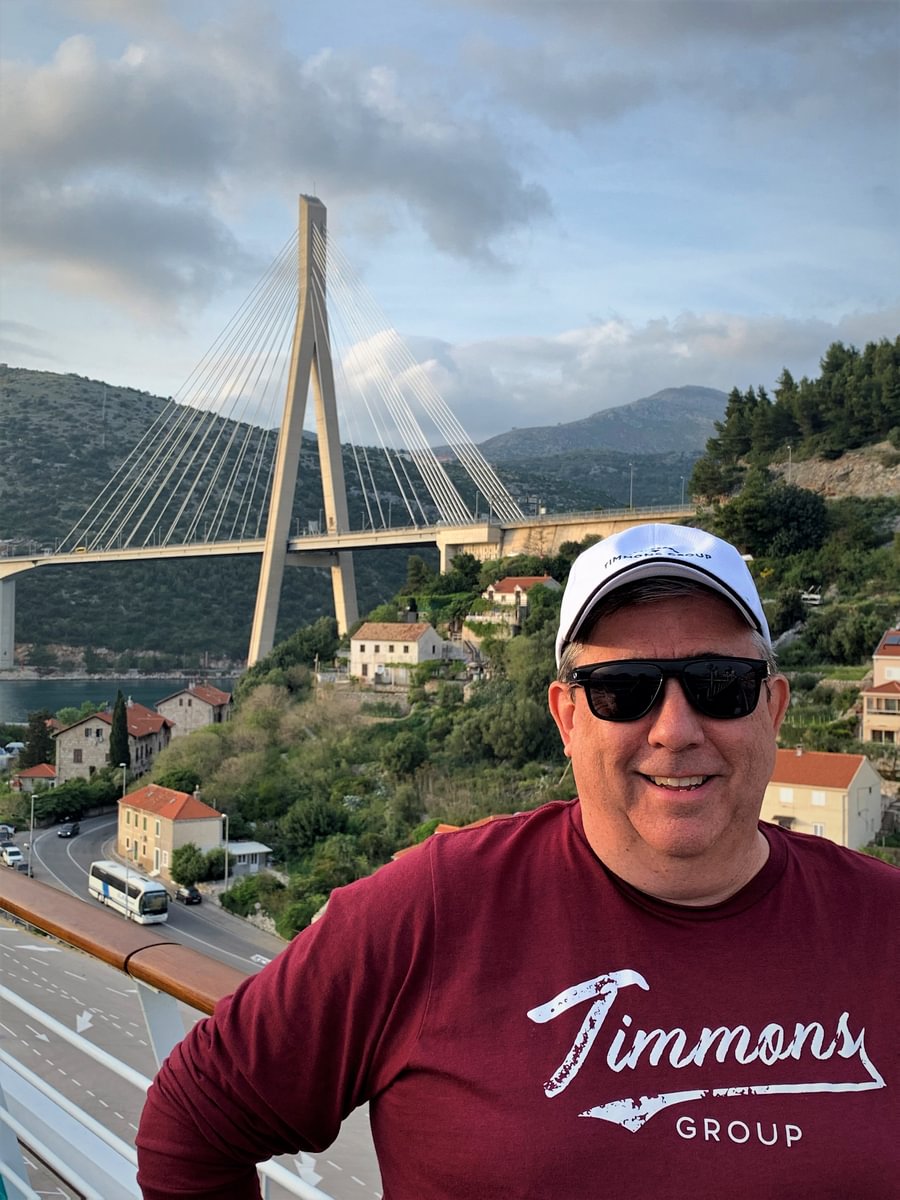
Just like infrastructure has changed in the past several decades, Timmons Group’s infrastructure division has gone through its own transformation, expanding to meet the needs of our clients.
As Timmons Group approached its 50th anniversary in 2003, Paul was celebrating fifteen years at the firm. During that time, managers conducted a series of client interviews, employee focus groups, and surveys to determine the shape of the infrastructure team’s future. No longer based solely on project type, the new structure allowed the division to focus on its clients. “We have always been a client-focused and values-based company, so this restructure gave us the opportunity to shift our division’s commitment to our client partners,” he said.
Paul says that one of the reasons the firm decided to adjust how its infrastructure teams collaborated is because public sector projects require a fundamentally unique methodology. “There’s a lot of consistency that we provide by making sure that whether a project is locally, state, or federally funded, our teams are well versed in all the requirements that help our clients achieve their ultimate goals both cost-effectively and sustainably,” Paul said.
The teams must stay up to date with procurement laws and regulations to protect our clients’ interests throughout the bidding, design, and construction processes. And that’s true for all the services housed in infrastructure.
“Water lines, water models, and hydraulic analyses for stormwater require different procedures than a traffic study or bridge design because they’re completely different disciplines. And site developments like libraries, fire stations, or schools can require some of the same designs like parking lots, storm drainage, and site access roads, but each end user is different so the overall design is unique,” Paul said. “Understanding the goals of each client is a significant part of our project management.”
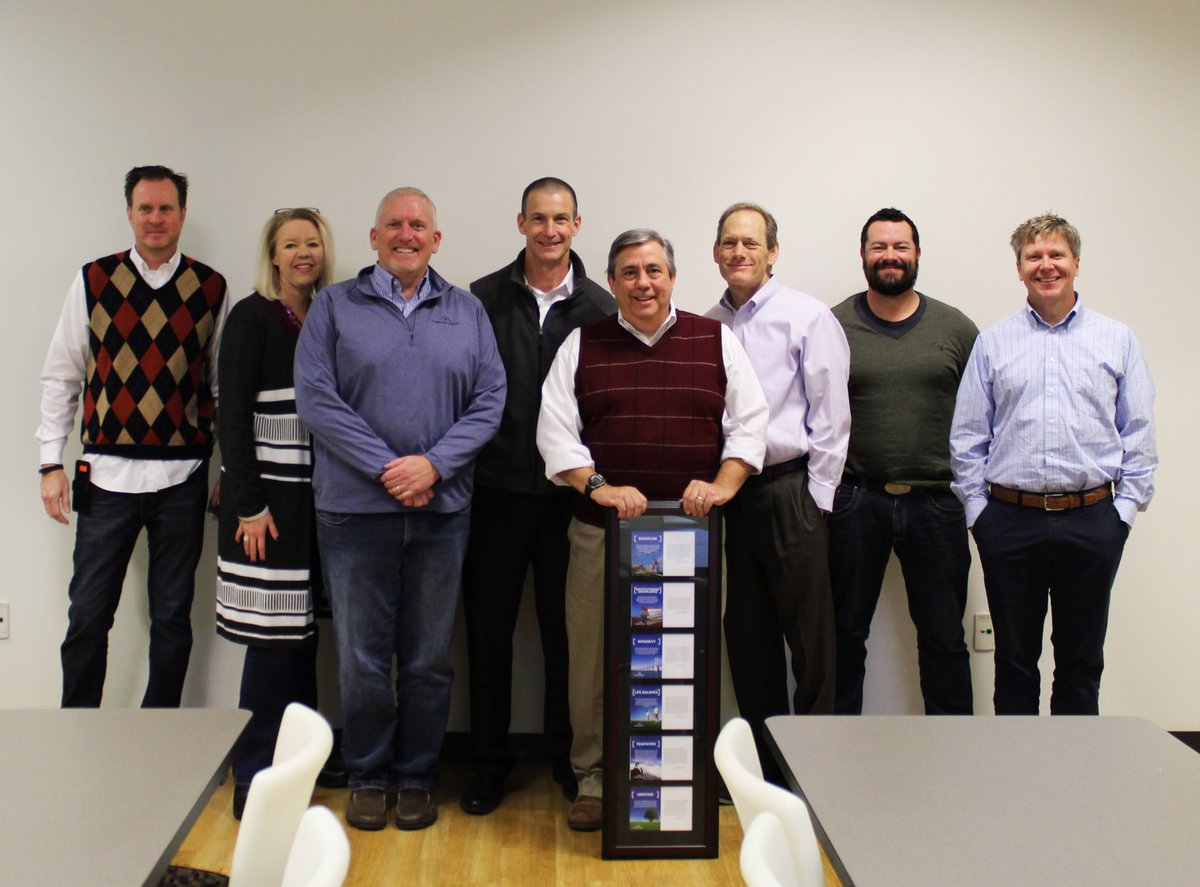
Part of the division’s restructure also invited a change to how our team approaches large scale projects, including economic development pursuits. “Timmons Group is a little bit unique in that we bring economic development and infrastructure together when evaluating the potential for site development,” Paul said.
Timmons Group has always had multi-disciplined teams available to support our clients’ needs. Now, these services are managed under one umbrella to streamline connections with our clients. “That comes from the mindset that if we’re working with local governments to help them position their properties for economic development, we can help them identify and provide the needed infrastructure to the site as well. Whether it’s an access road or water and sewer infrastructure, we can provide them with all the tools in one place.”
“We’ve also been very successful on the economic development side by evaluating the geographic location and attributes of a potential project. Part of our services include site selection, and with clients like Amazon or Microsoft, the physical properties of the site are important,” Paul continued. “We’ve recently helped a lot of municipalities in Virginia and North Carolina with identifying where those business-ready properties are located. And what has been really cool in the last couple of years is that now we are also incorporating renewable energy, broadband, and telecommunications infrastructure into these economic development decisions for our clients.”
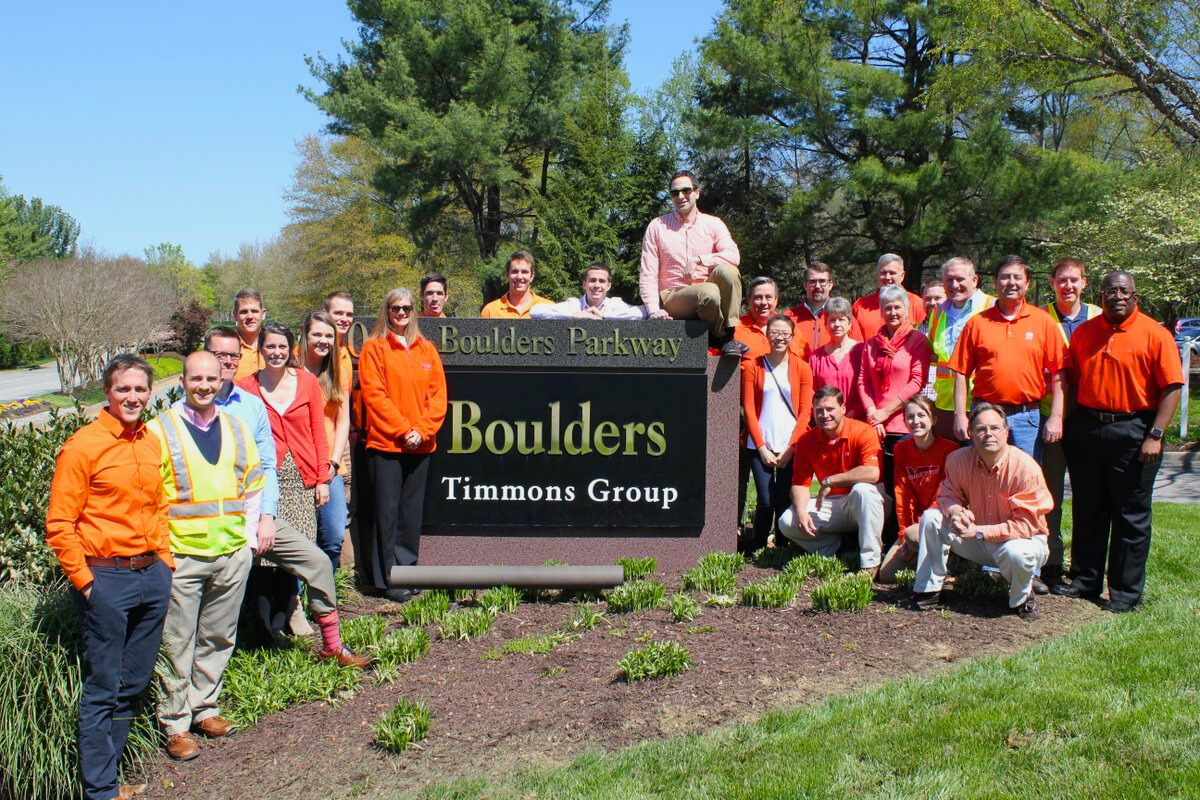
Paul speaks highly of the variety of clients the firm has the privilege to work with across the different services we provide. “Our job is to make their job easy, and that sparks shared success. You know, we can’t be successful unless they’re successful,” he explained. “So, we spend a lot of time with a client up front to really understand what their problems are. It starts with listening. We can’t fix a problem until we fully grasp what the concern is.”
That frontloaded quality time with clients is key to a successful project, Paul says. Listening and understanding builds trusted client relationships, and it helps Paul’s teams perform more efficiently too.
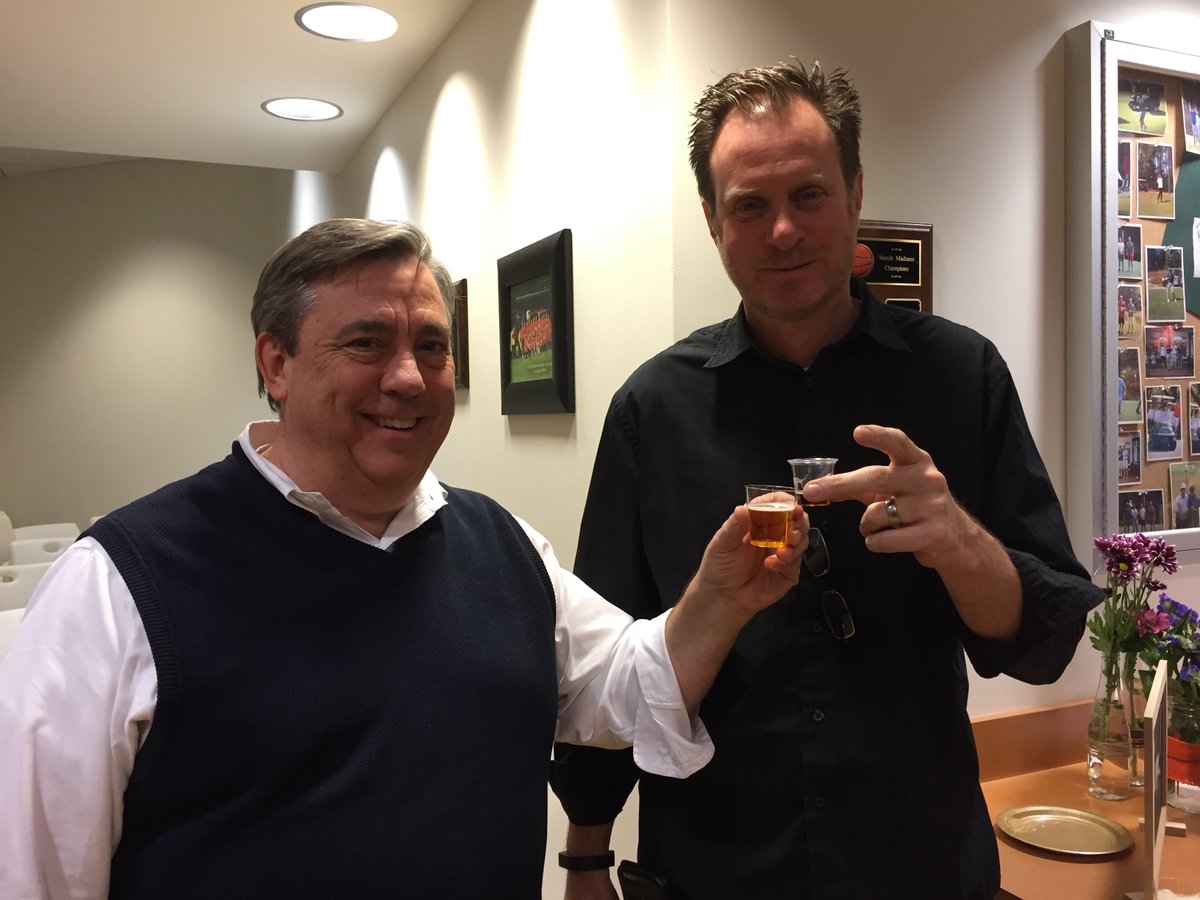
Shared success doesn’t apply only to our client relationships, it’s applicable to our employees as well. We’re sure he’d be pretty successful if he tried, but Paul doesn’t manage all these service teams on his own. He relies on ten group leaders and dozens of project managers that oversee team operations, and he’s really grateful for these folks. Whether he’s working with a group leader or a project engineer, Paul says his real job is making sure that his people have the resources they need to get their jobs done well while enjoying the process.
“You know, the biggest challenge that all of us have right now is getting good folks in the door. There are fewer and fewer people in the industry. But because the economy is strong and there are awesome projects on the horizon, the opportunities are so great,” he said.
Not only does Paul invest in his employees and the opportunities in front of them, he’s also a huge proponent of work-life balance. “Life balance was something we were talking about long before it was cool,” Paul chuckled. “That’s always been at the forefront of our minds, and there’s a lot of work that goes into making that possible for a company of our size.”
Paul’s award winning teams are always participating in morale-boosting events like No Shave November and Go Orange Day, and they get out of the office often for bonding experiences like construction site visits, group outings, and technical conferences. “Our teams are fantastic, they work really hard and we have a great time too. There’s no shortage of opportunities here, and I feel blessed to have been given the chance to lead these talented people. They’re ambitious and they generate success.”
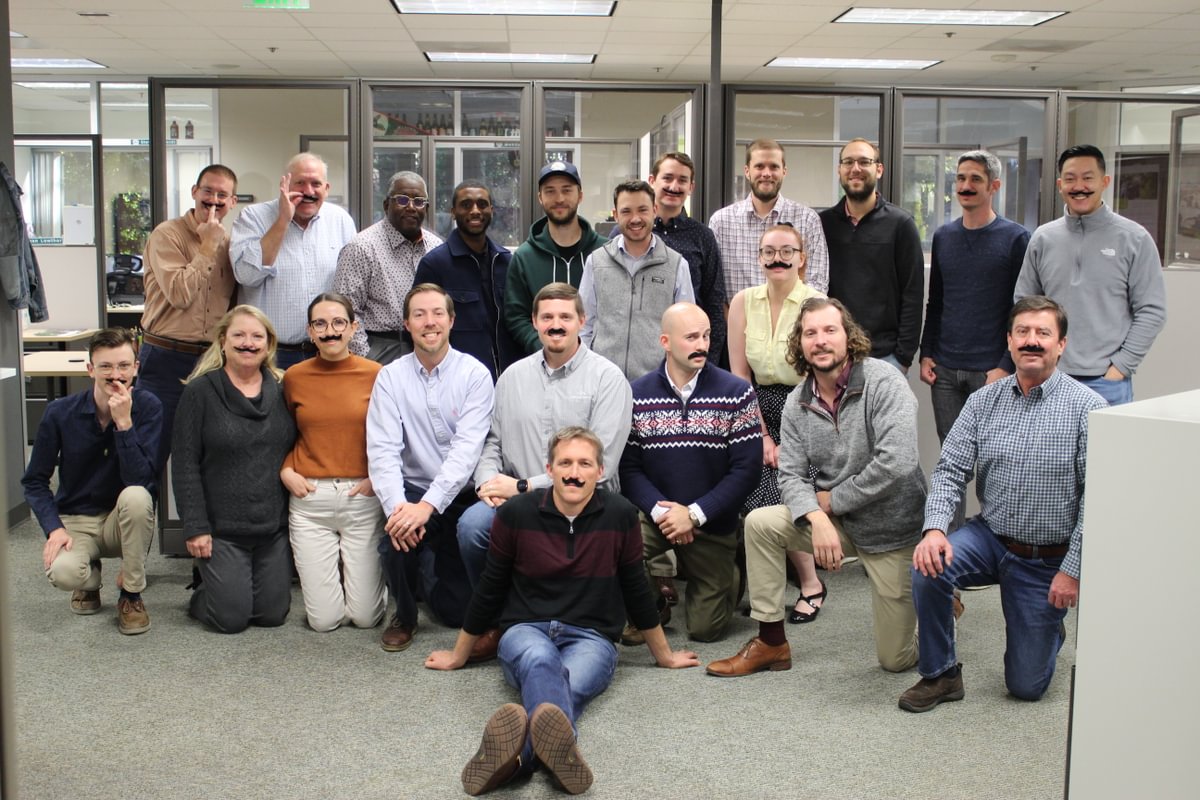
From water and wastewater engineering, stormwater management and dam safety services, transportation and traffic design, structure and bridge design, as well as economic development and right of way acquisition, our infrastructure team provides a network of sustainable practices that are designed to improve the infrastructure in the world around us through shared success.
Are you interested in joining Timmons Group’s infrastructure team to help make the world a better place? Check out our open positions today or reach out to our HR department for more information.


